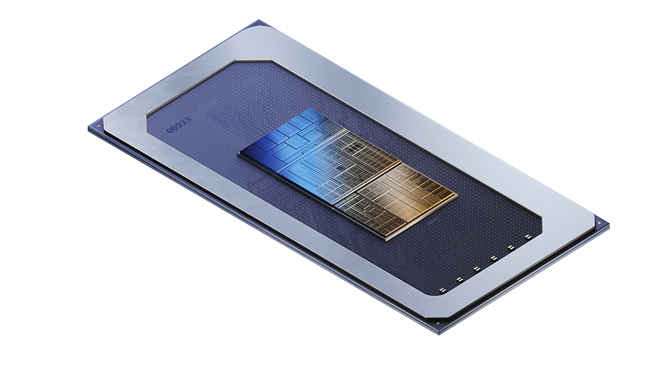Intel is set to rebrand its entire lineup of client processors for both desktop and laptop devices. This significant shift marks the most extensive brand update in 15 years for the tech giant, with changes slated to go into effect from the start of the second half of 2023. The rebranding initiative will also extend to the vPRO processor lineup, which is primarily aimed at enterprises. The first processors to be impacted by this shift will be the Meteor Lake processors, which were initially intended to bear the label of Intel's 14th Gen Core processors.
The aim of this rebranding effort, according to Intel, is to introduce a level of simplicity to the processor portfolio's nomenclature. However, early reactions to some of the proposed changes suggest that they might complicate, rather than simplify, processor identification.
“Our client roadmap demonstrates how Intel is prioritizing innovation and technology leadership with products like Meteor Lake, focused on power efficiency and AI at scale. To better align with our product strategies, we are introducing a branding structure that will help PC buyers better differentiate the best of our latest technology and our mainstream offerings” said, Caitlin Anderson, Intel vice president and general manager of Client Computing Group Sales.
Here are the key changes in Intel's rebranding initiative:
No More Generational LabellingUnder the new system, Intel will no longer denote the generation of the processor at the start of its name. This marks a significant departure from the previous naming convention that clearly indicated the generation, as seen in the 12th Gen "Intel Core" label for the Alder Lake processors. However, consumers will still be able to determine the generation of the processor based on the first two digits of the processor name.
Dropped "i" from Processor TieringThe second major change involves the removal of the "i" from processor tiers. This means that the familiar Core i3, Core i5, Core i7, and Core i9 designations will be rebranded as Core 3, Core 5, Core 7, and Core 9, respectively.
Introduction of "Ultra" TierA significant new development is the introduction of an "Ultra" tier for high-end processors. However, the definition of what constitutes "high-end" under the new system is somewhat ambiguous. Intel announced that it will have Ultra 5, Ultra 7, and Ultra 9 processors. The mid-tier i.e. Core i5 or Core 5 are quite far from being flagships, so labeling them Ultra, is a bit confusing.

While some may view the new branding as a simple marketing strategy, it may also be seen as a reflection of a broader shift in Intel's business strategy. The new naming convention could be indicative of Intel's attempt to redefine its product portfolio in response to the evolving demands of the tech industry. However, the success of this rebranding will ultimately depend on how well it is received by consumers and how effectively it communicates the strengths and capabilities of Intel's processors.
The rebranding might not be as radical as it seems at first glance. Intel has previously experimented with similar changes, such as dropping the "i" from the processor name with its Amber Lake Y processors. It remains to be seen whether this latest change will be more successful in simplifying Intel's processor lineup and making it more accessible to consumers.
from PC Components News https://ift.tt/UuHwVNk

No comments:
Post a Comment